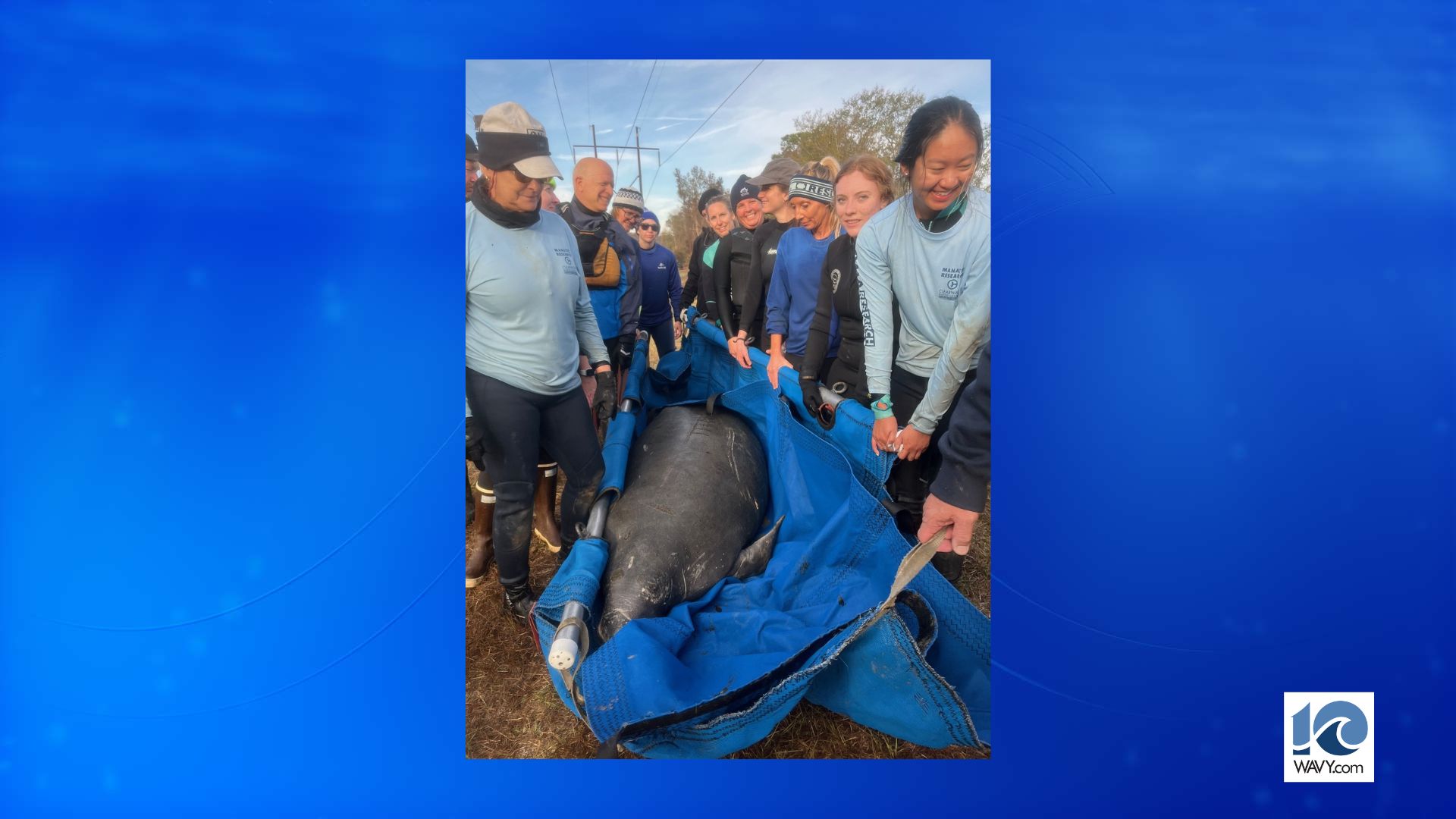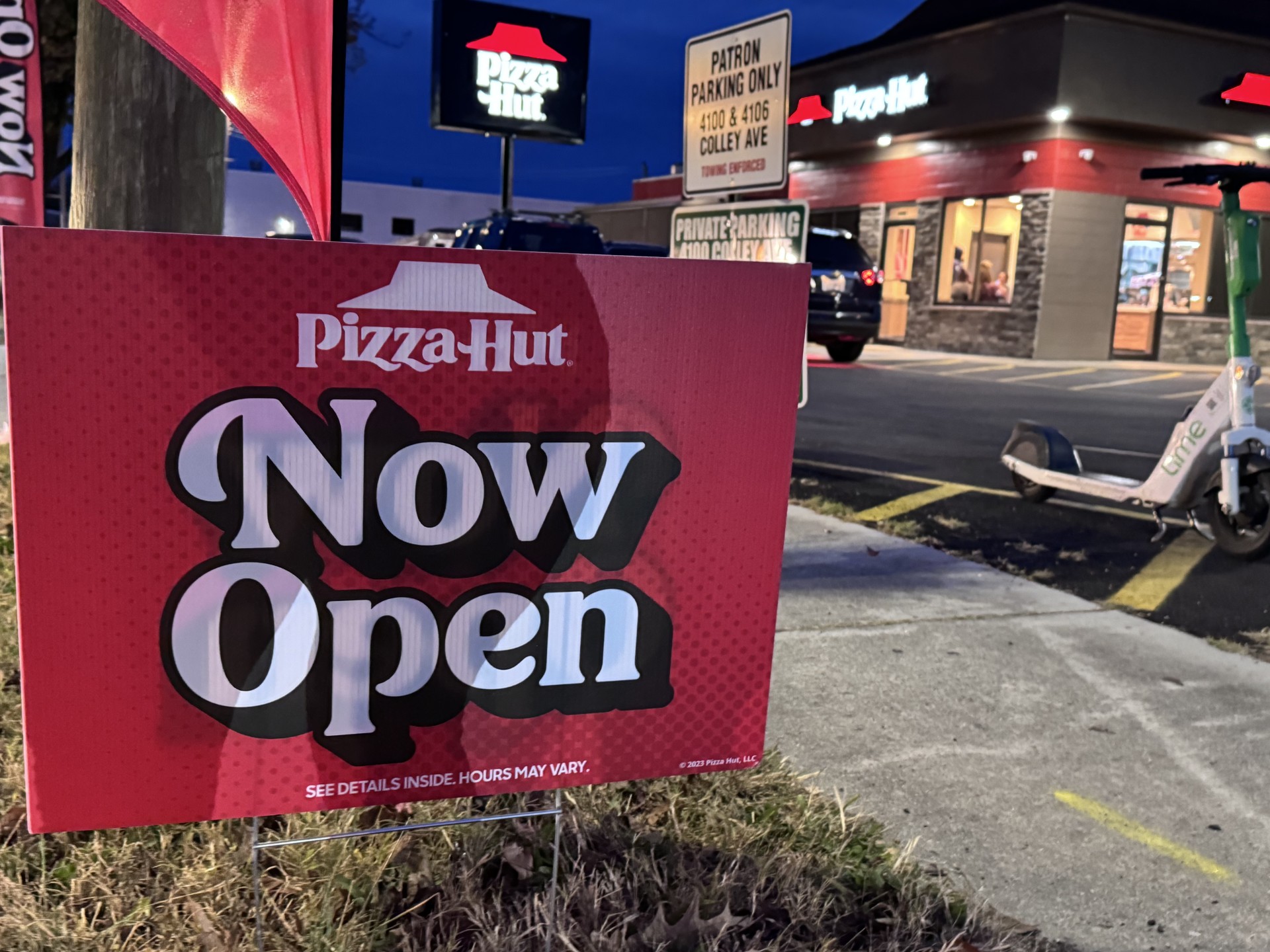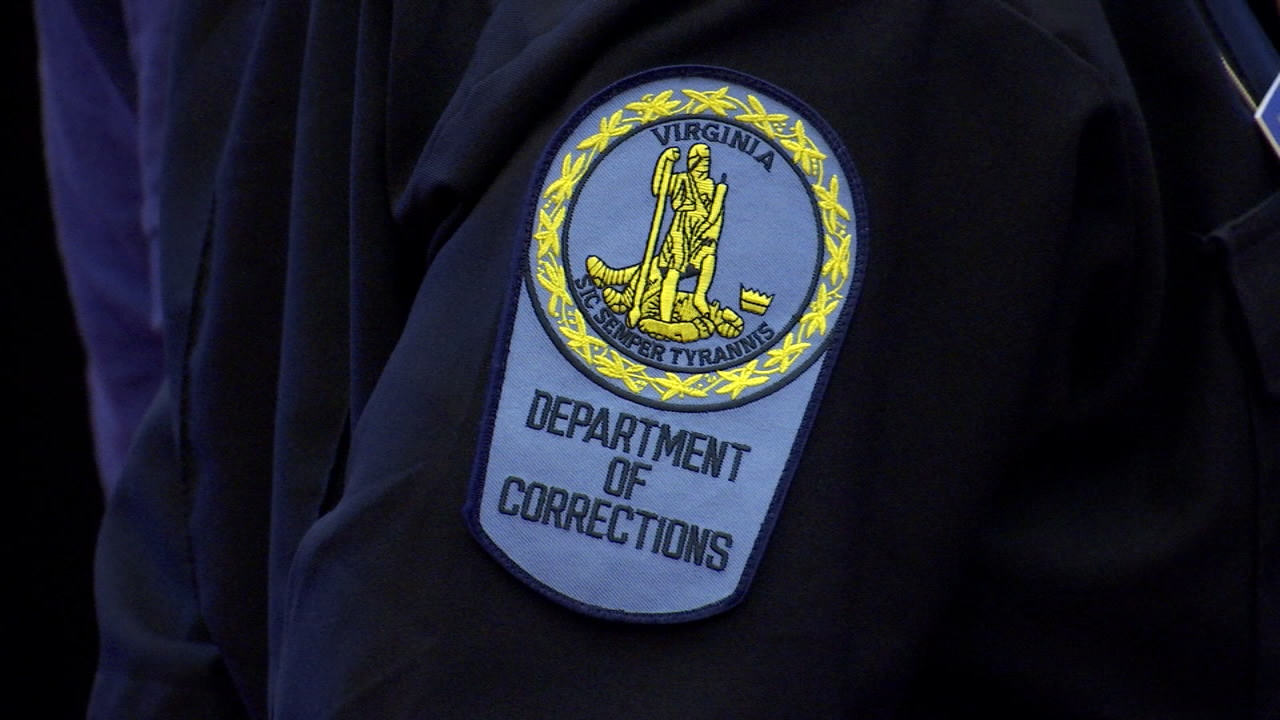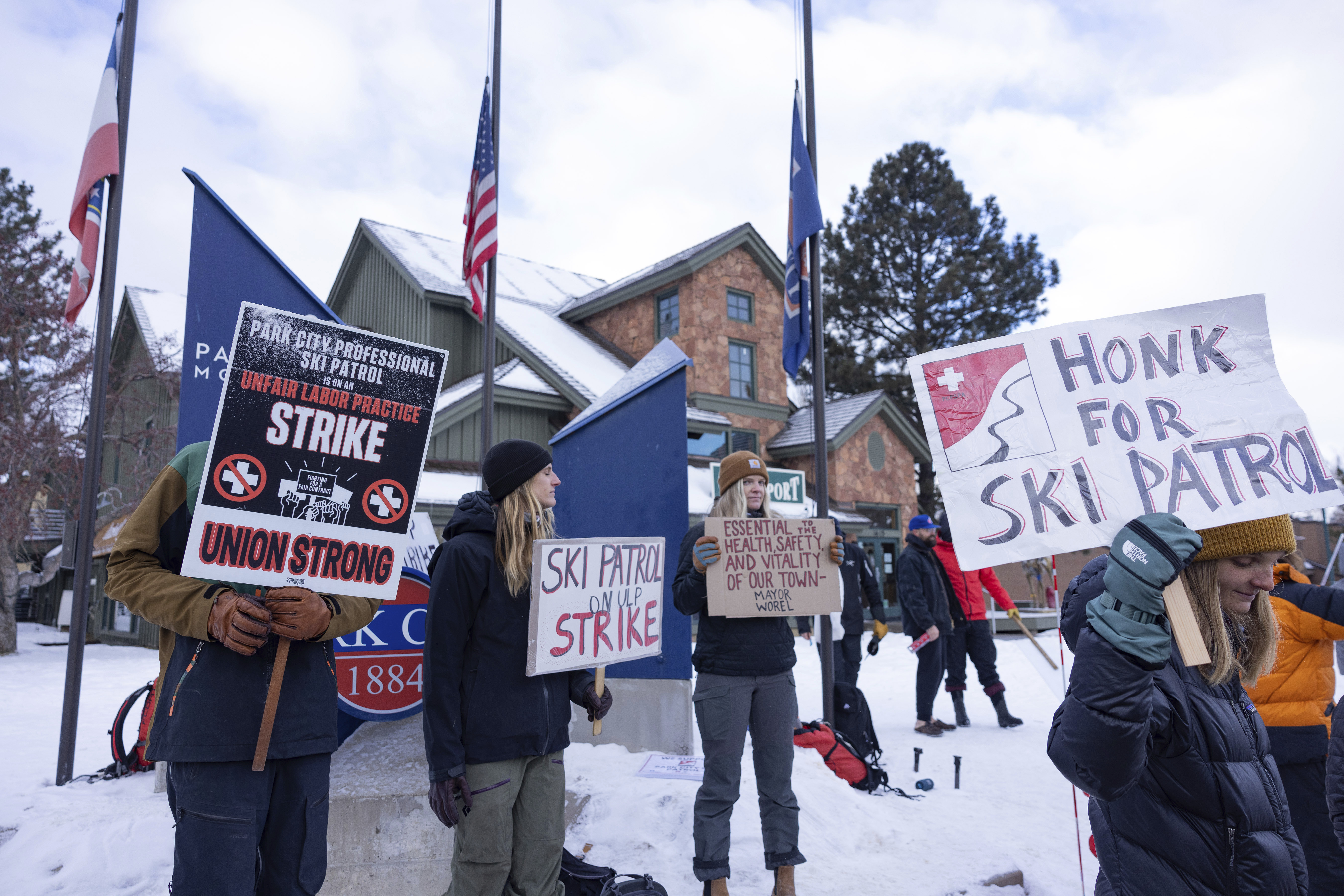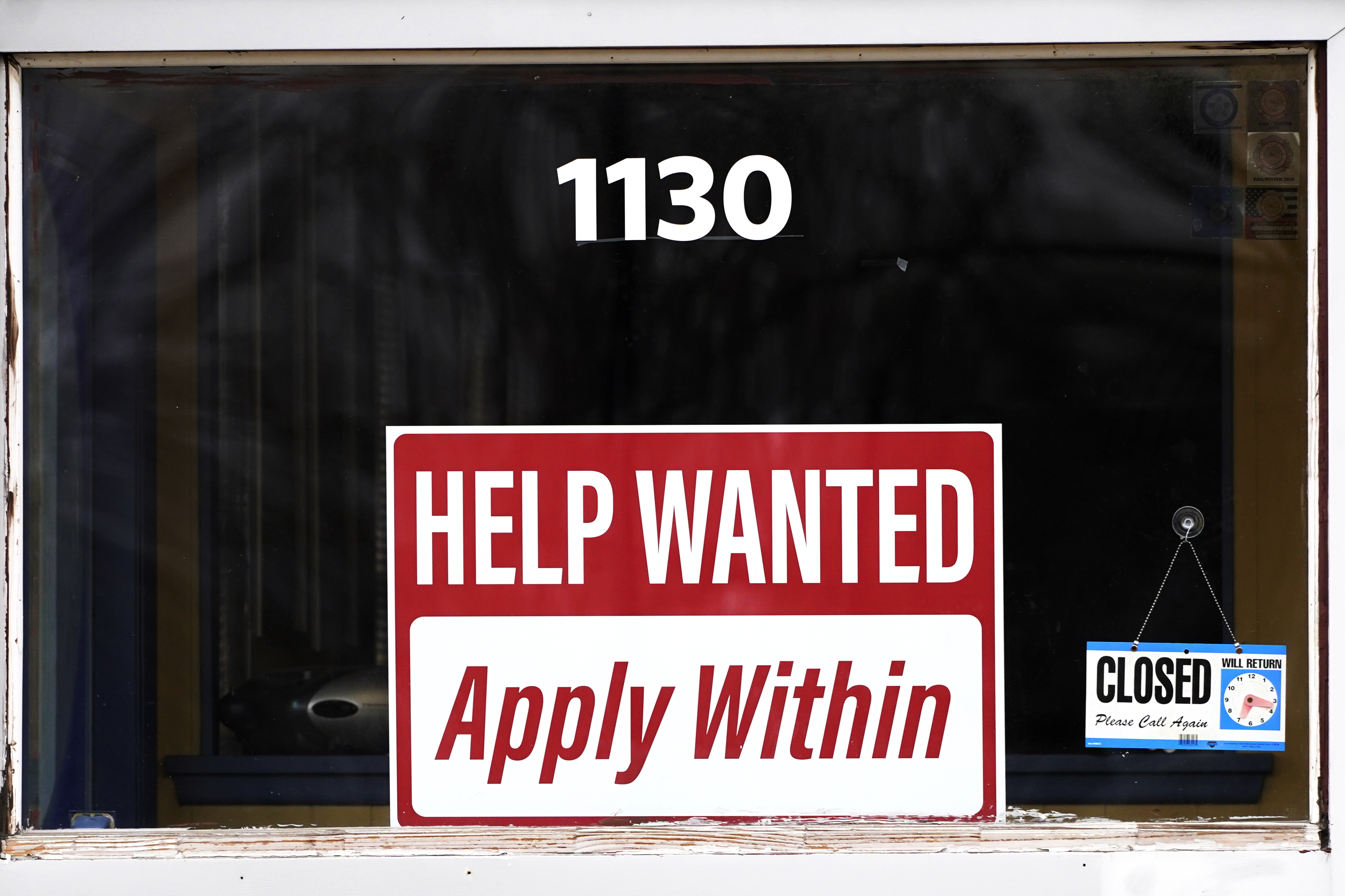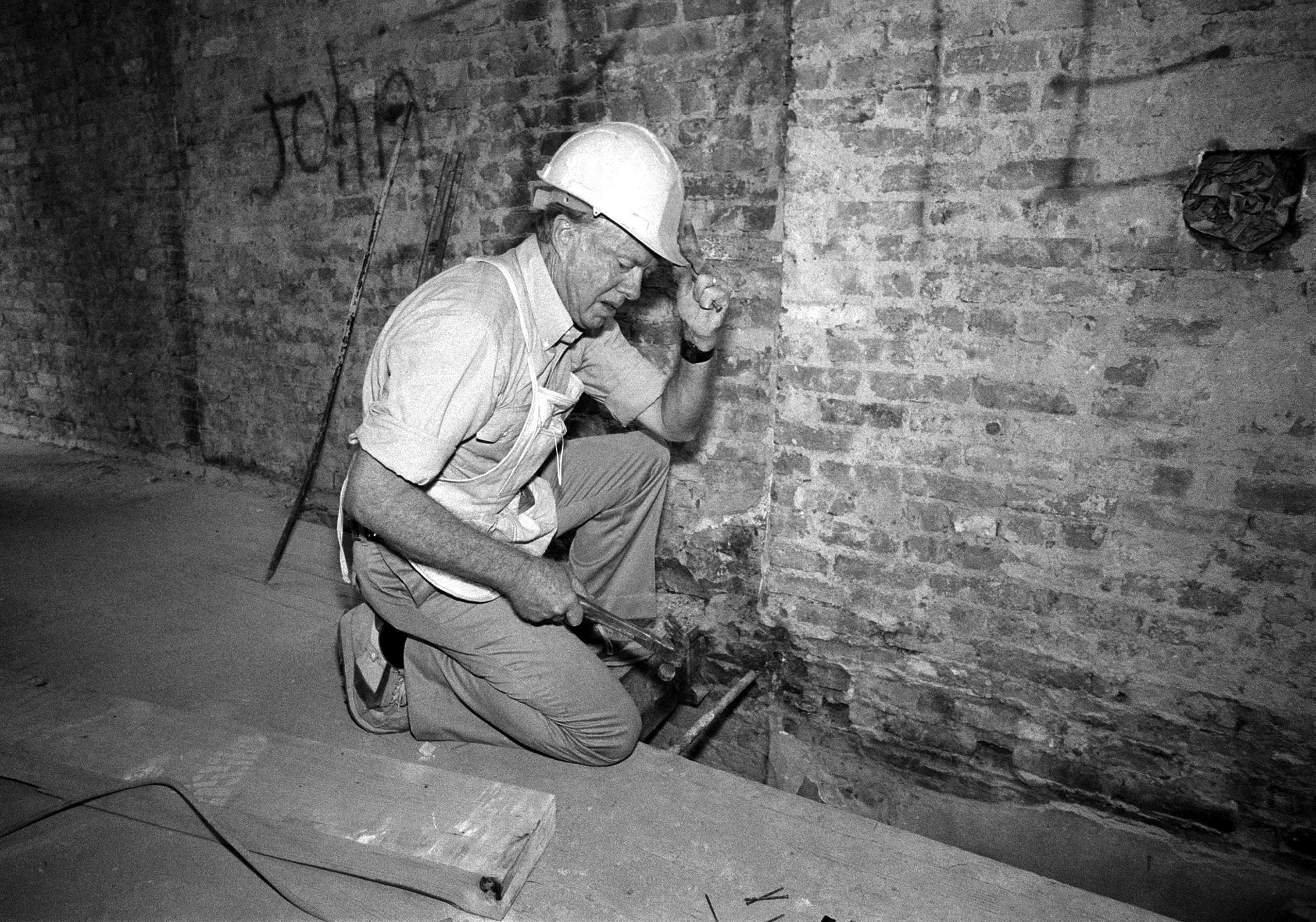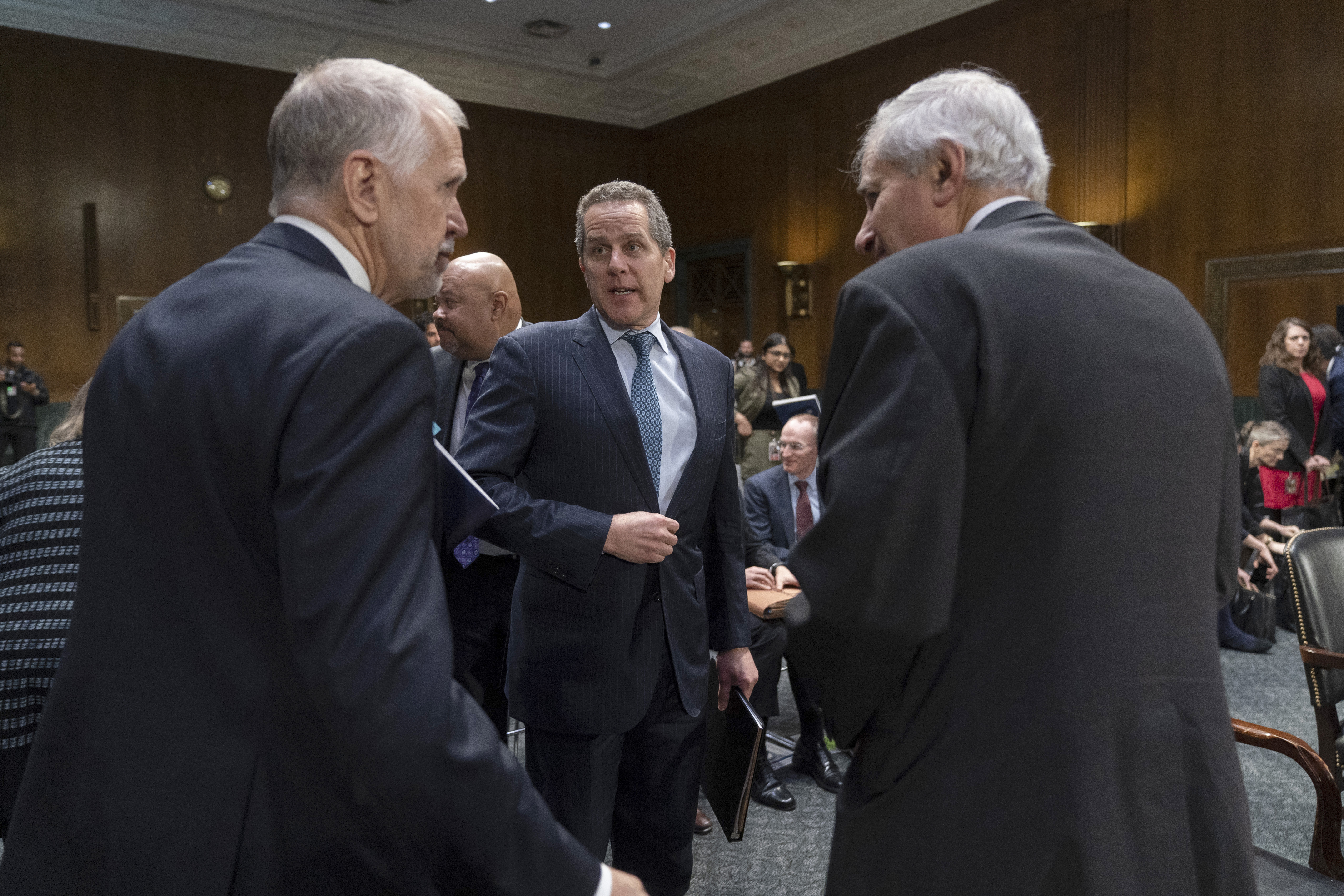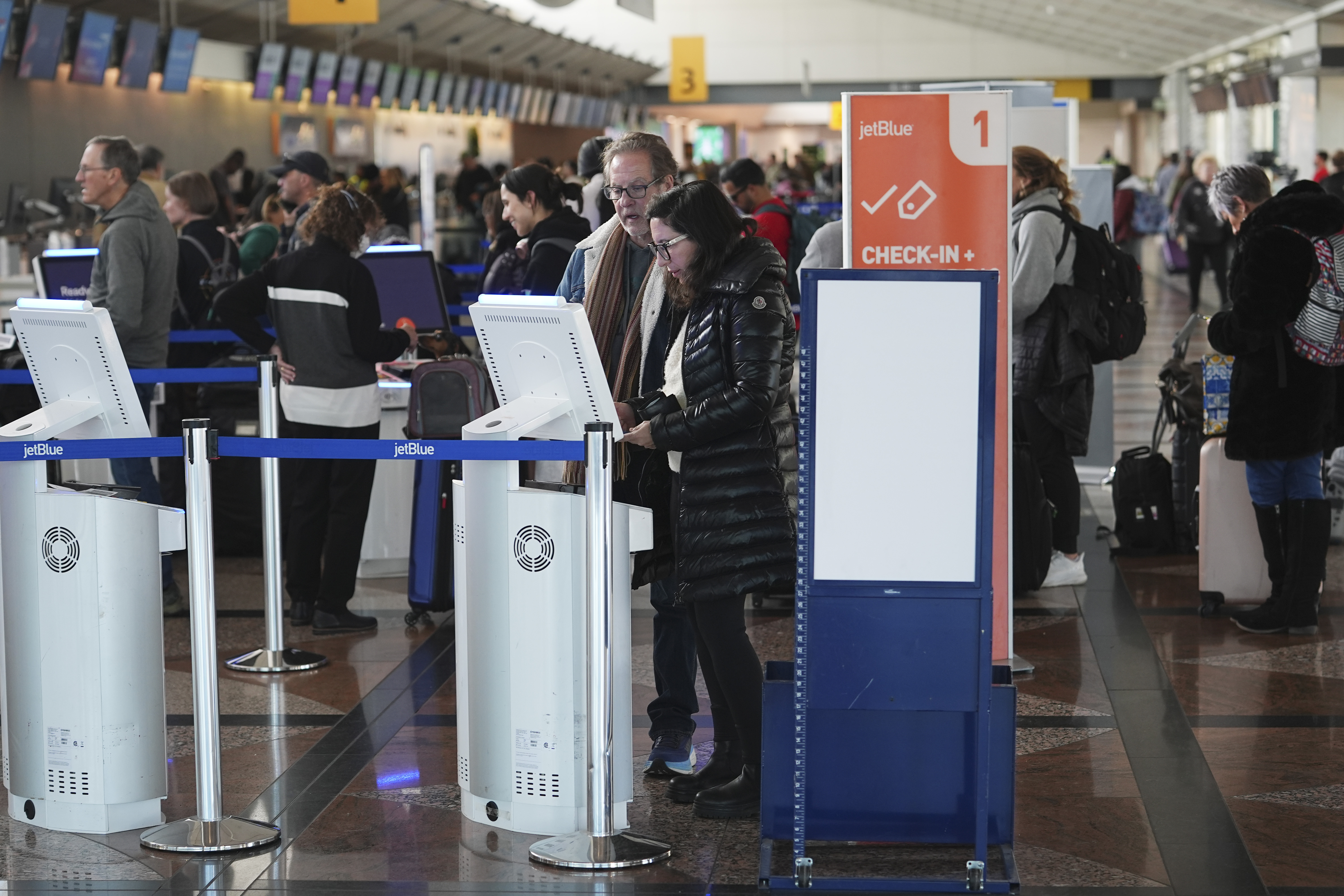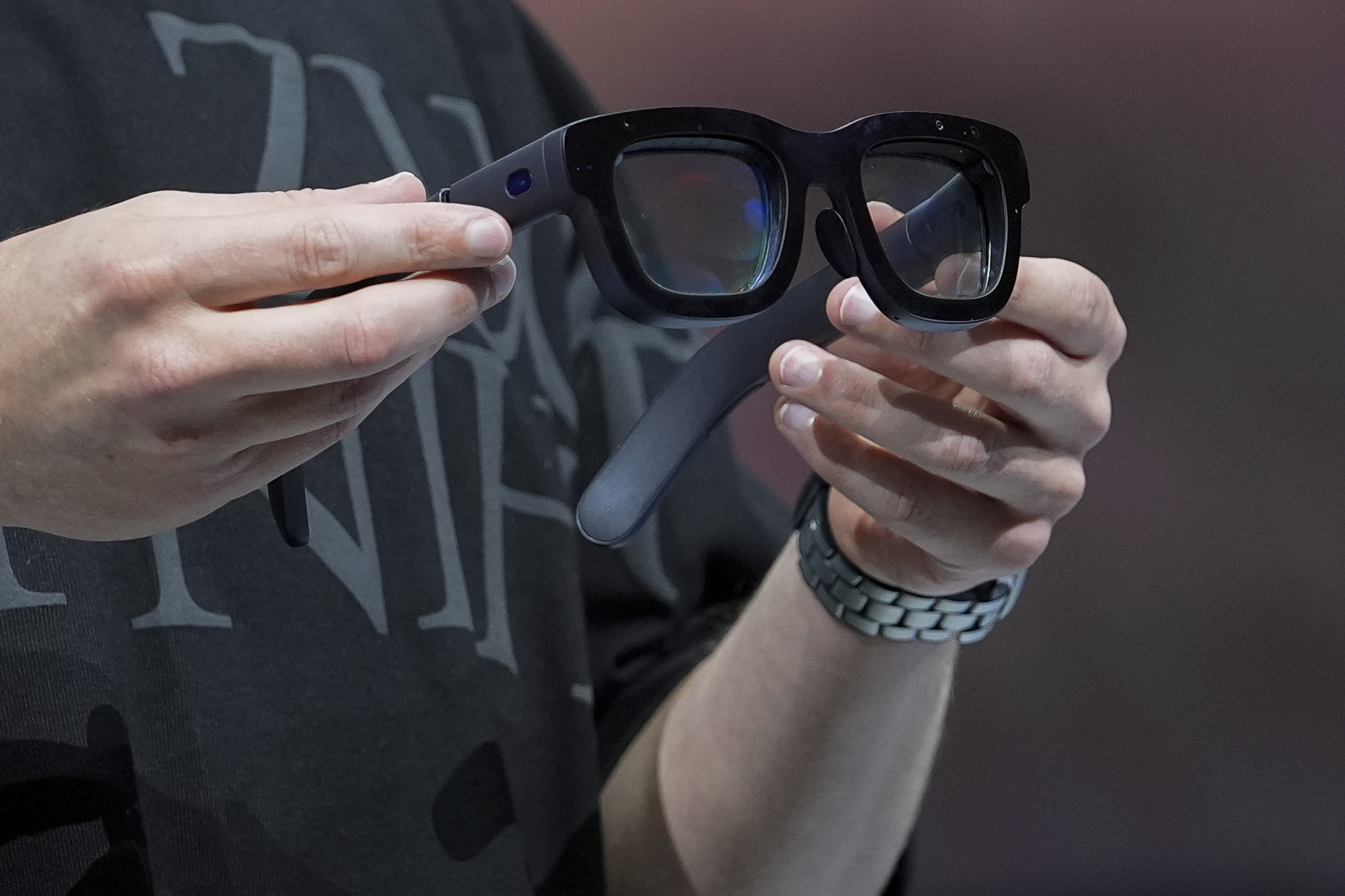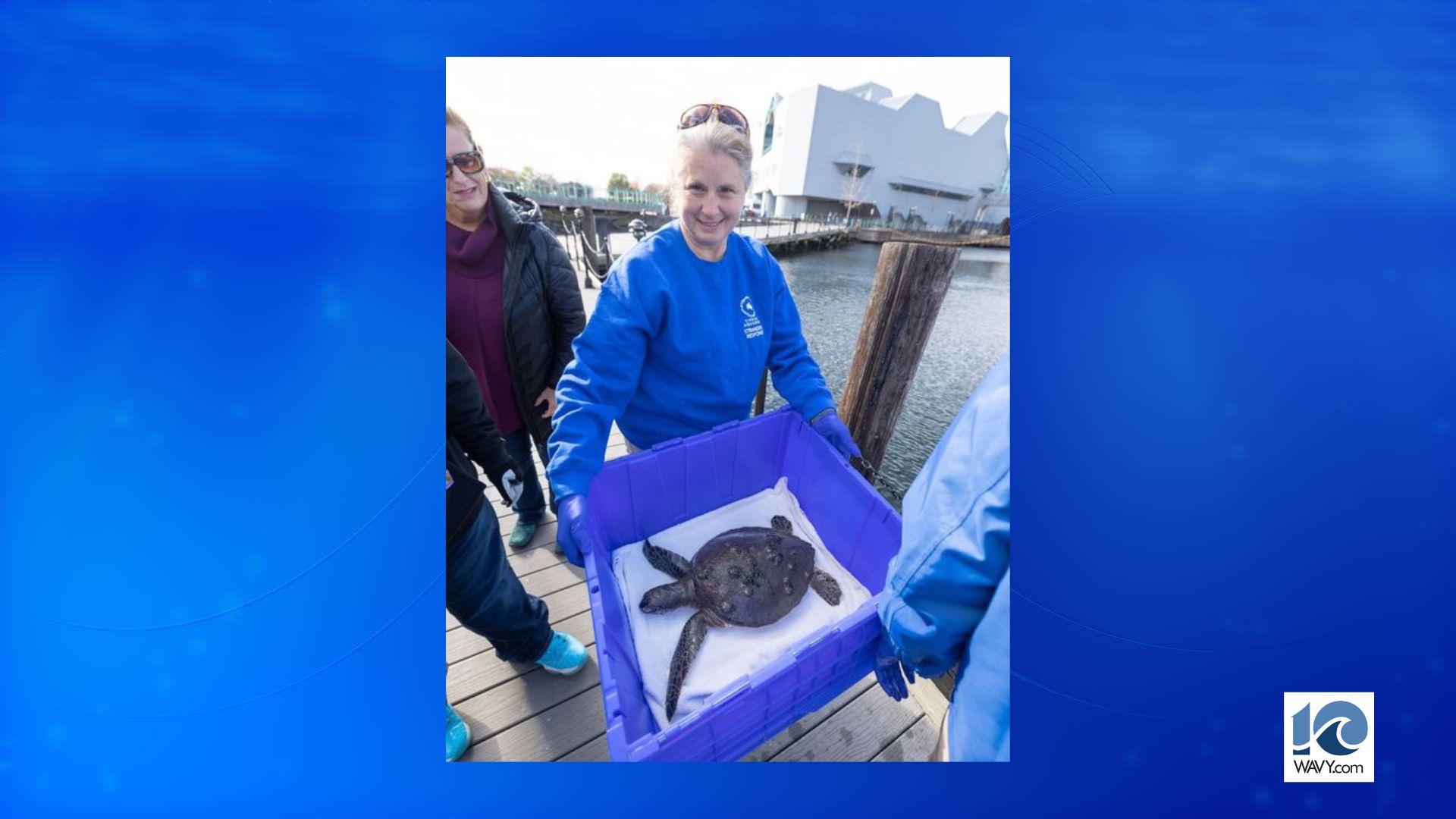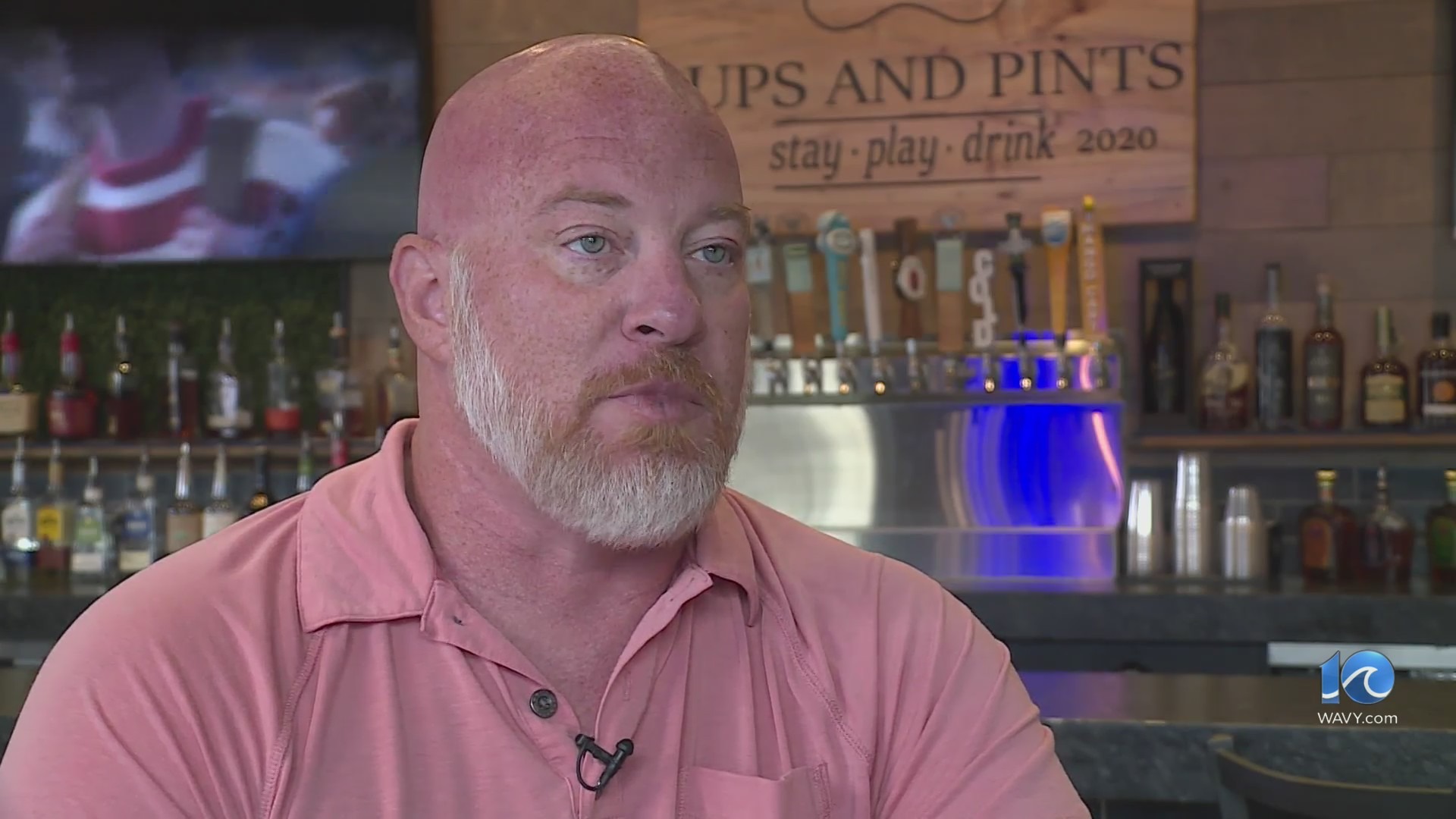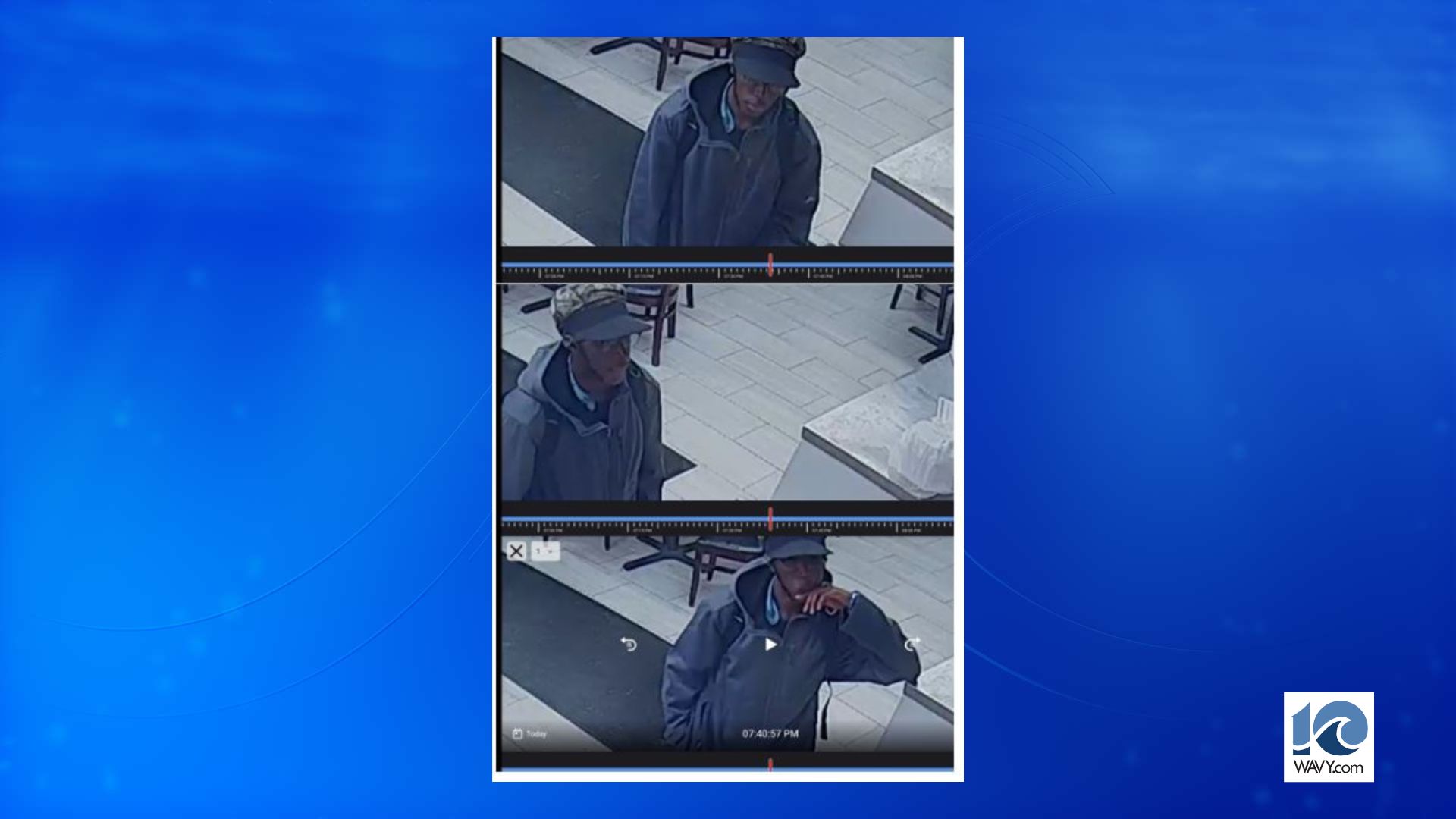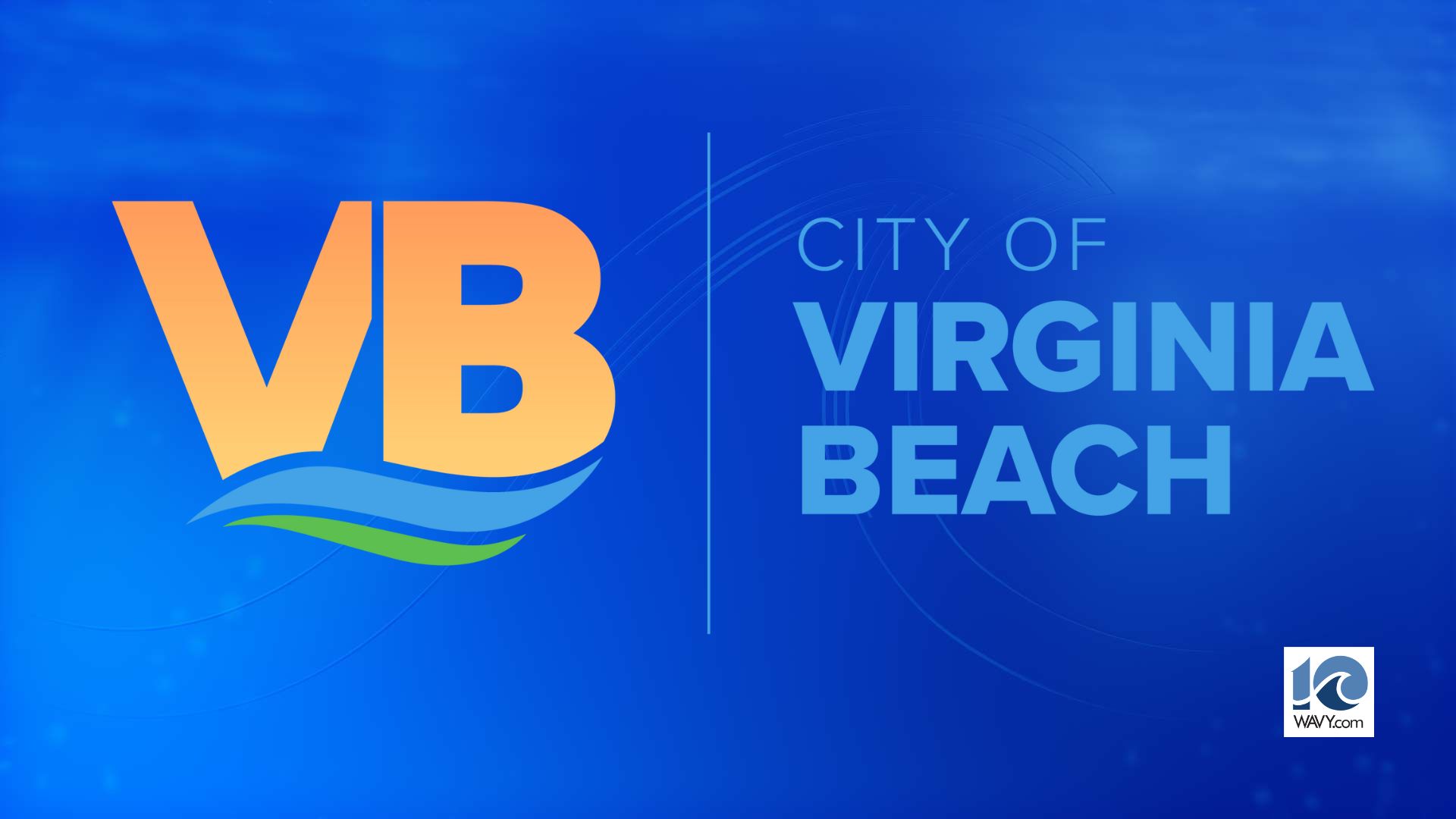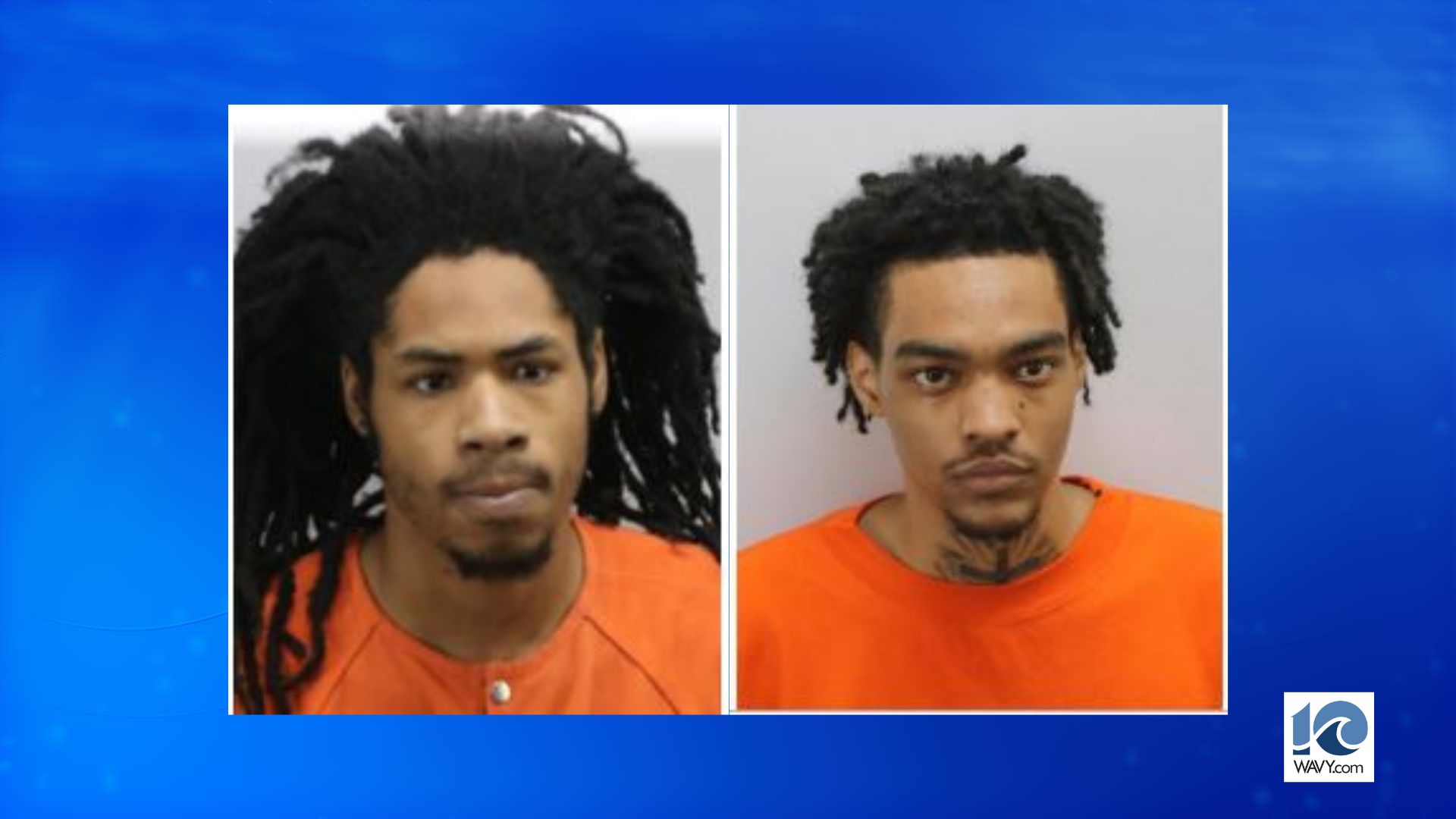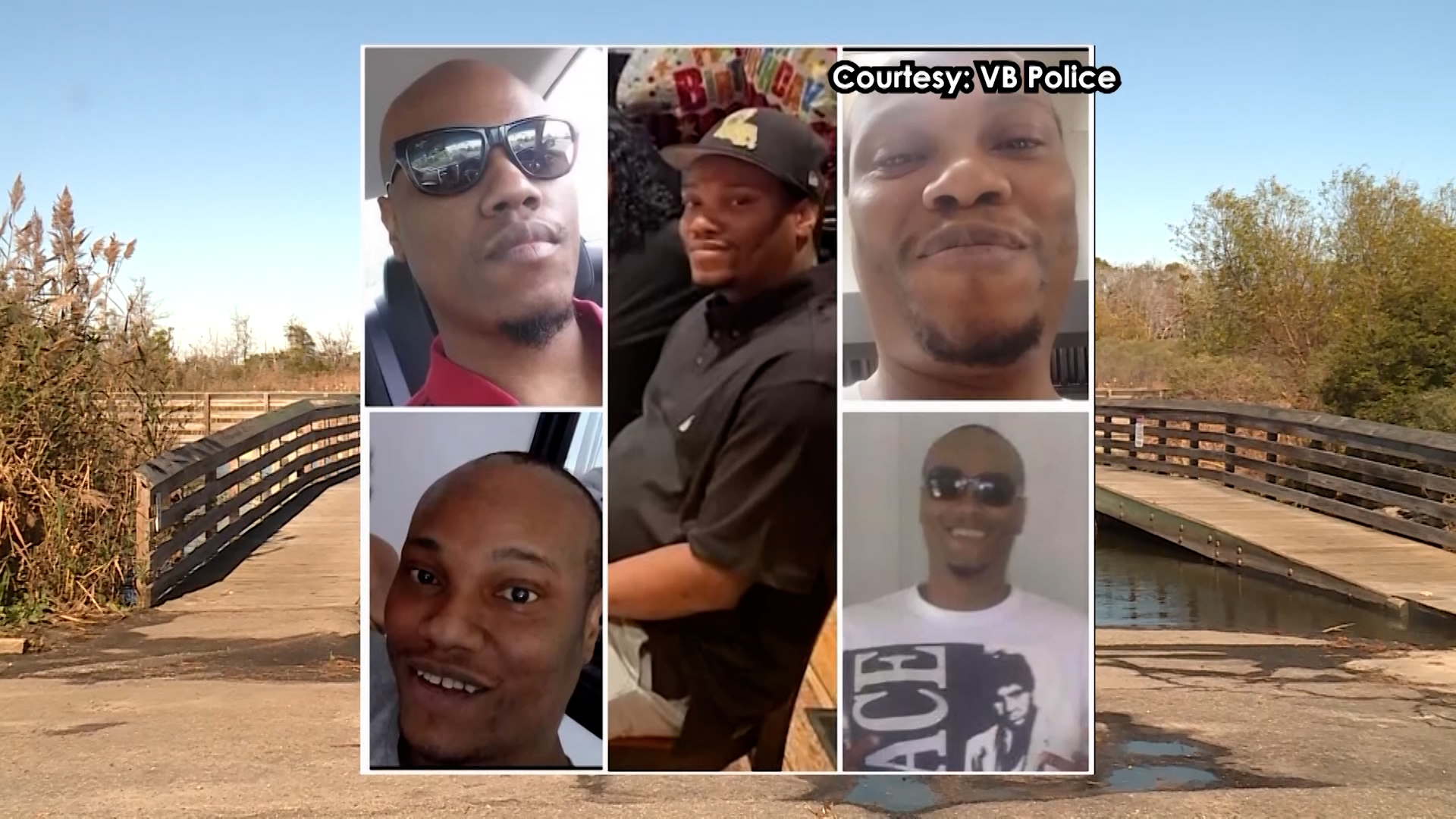PORTSMOUTH, Va. (WAVY) – It’s a health crisis impacting people in all walks of life: from middle school students to middle-aged veterans, and families living in expensive houses to homeless shelters.
It’s the Opioid epidemic and it’s happening right here in Hampton Roads.
The Centers for Disease Control and Prevention reports that more than 564,000 people have overdosed on opioids and died in the United States since 1999. More than 3,000 people have fatally overdosed on opioids in Hampton Roads since 2007, and fentanyl was responsible for nearly 63% of those deaths, according to the Virginia Department of Health.

An epidemic that began in the 90s with prescriptions pills has snowballed into a full-blown health crisis fueled by dangerous trends in the illegal drug market.
DEA Special-Agent-in-Charge Jared Forget says drug cartels in Mexico have ditched their old business model in favor of cheaply made synthetic fentanyl that’s made into fake pills or mixed with other drugs so seamlessly not even law enforcement can tell the difference.
“We cannot tell the difference between a fake pill and certainly your average American cannot,” Forget said.
Fentanyl is dangerous, deadly, and addictive. The synthetic opioid is up to 50 times stronger than heroin and 100 times more powerful than morphine – and it’s everywhere. Last year alone, the DEA seized over 113,000 fake pills and 122 pounds of fentanyl powder in Virginia.
“That equates to over 4 million doses of fentanyl,” Forget said. “That’s enough to kill half the population of Virginia.”
Dr. Ben Fickenscher works in the emergency room at Chesapeake Regional Medical Center. He said the prevalence and power of fentanyl mixed with the isolation and despair from the coronavirus pandemic were a deadly combination.
“We found an explosion of overdose deaths related to that,” he said.
Although society has largely returned to its post-pandemic state, Fickenscher says the effects linger. Recently he treated two high school students in his ER. Both overdosed after they smoked vapes they thought contained marijuana, but were actually laced with fentanyl.
“They had no intentions of using opioids,” Fickenscher said.
“As a parent, I’m particularly concerned, because I’ve seen substances, almost every substance laced with fentanyl,” he said.
Those students survived, but others are not as lucky.
Diana Mitchell’s daughter, Brooke, was a student on the swim team at Bethel High School when she first tried heroin at a party. She got hooked and battled that addiction for more than a year, before she took what she thought was heroin – but turned out to be a deadly mix of other substances.
“On her death certificate it says molly, cocaine, and two different types of fentanyl. There was no heroin,” Diana Mitchell said.
In this special report, “Opioids: What Every Family Needs to Know” WAVY-TV 10 partnered with the Mark Wahlberg Youth Foundation and Wal-Mart to dive deep into how the opioid epidemic is impacting real families in Hampton Roads, how the healthcare and criminal justice systems are combatting the issues, and what community members are doing to save lives.




